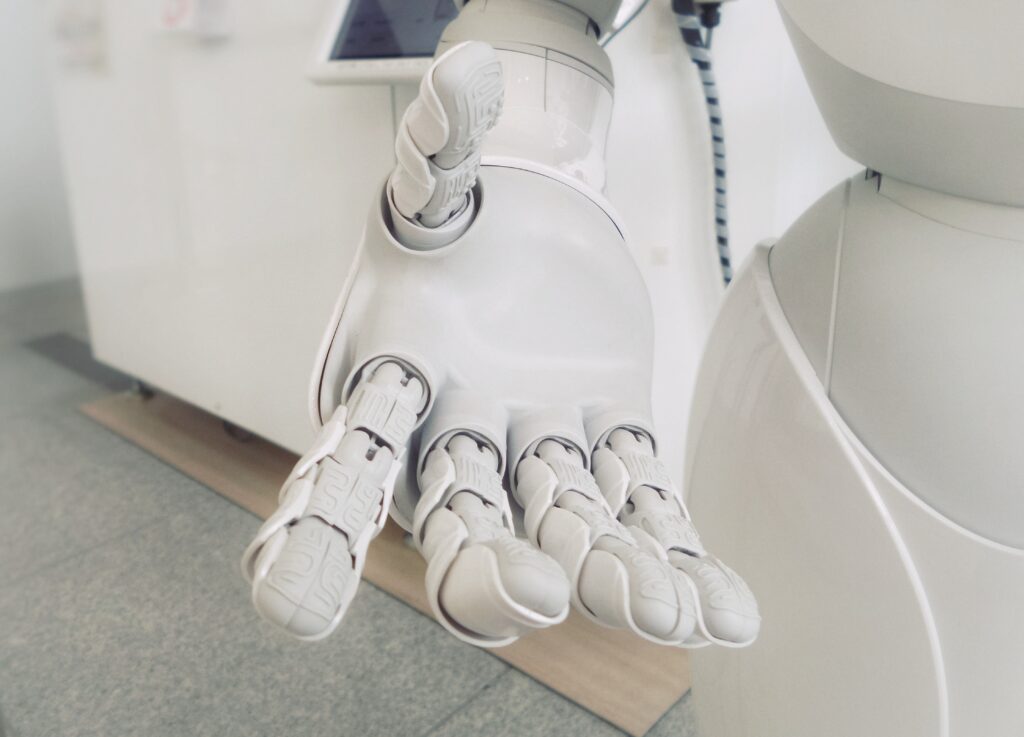Introduction
In this blog, learn how you can use an AI-powered virtual assistant for productivity.
In today’s fast-paced business environment, time is a valuable commodity. Many professionals find themselves spending too much time on administrative tasks, such as scheduling meetings, booking travel, and answering emails. This is where AI-powered virtual assistants can be a game-changer. In this article, we’ll explore how virtual assistants can streamline your workday and the benefits they can provide to professionals.
How AI-Powered Virtual Assistants Work
AI-powered virtual assistants use natural language processing (NLP) to understand and respond to voice or text commands. They are programmed with a set of rules and responses that enable them to perform many routine tasks, such as scheduling meetings, booking travel, and answering emails. Virtual assistants can also be integrated with other systems, such as calendars and email clients, to provide a seamless experience.
Benefits of AI-Powered Virtual Assistants
1. Time Savings
One of the main benefits of AI-powered virtual assistants is that they can save professionals a significant amount of time. By automating many routine tasks, such as scheduling meetings and booking travel, virtual assistants can free up time for professionals to focus on more important work.
2. Increased Efficiency
Virtual assistants can handle many tasks simultaneously, making them highly efficient. This means that professionals can get more done in less time, without sacrificing quality.
3. Improved Productivity
By taking care of many routine tasks, virtual assistants can help professionals to stay focused and productive throughout the day. This can lead to better work outcomes and increased job satisfaction.
How to Use AI-Powered Virtual Assistants for Productivity
AI-powered virtual assistants can be used in many different ways to streamline your workday. Here are a few examples:
- Scheduling meetings: Virtual assistants can schedule meetings for you, taking into account your availability and preferences.
- Booking travel: Virtual assistants can book travel for you, including flights, hotels, and rental cars.
- Answering emails: Virtual assistants can triage your emails and respond to simple inquiries on your behalf.
- Researching information: Virtual assistants can conduct research on your behalf, such as finding contact information for a potential client.
Code Example
Here’s an example of how a simple AI-powered virtual assistant might be programmed in Python:
import speech_recognition as sr
import pyttsx3
engine = pyttsx3.init()
def assistant():
while True:
# Record audio
r = sr.Recognizer()
with sr.Microphone() as source:
print("Say something!")
audio = r.listen(source)
# Convert speech to text
try:
text = r.recognize_google(audio)
print("You said: " + text)
except sr.UnknownValueError:
print("Sorry, I didn't understand that.")
except sr.RequestError as e:
print("Could not request results from Google Speech Recognition service; {0}".format(e))
# Respond to command
if "schedule meeting" in text:
engine.say("Sure, when would you like to schedule the meeting?")
engine.runAndWait()
# Logic for scheduling meeting
elif "book travel" in text:
engine.say("Where would you like to travel?")
engine.runAndWait()
# Logic for booking travel
else:
engine.say("Sorry, I didn't understand that.")
engine.runAndWait()
if __name__ == "__main__":
assistant()The code sets up a continuous loop where the assistant listens to the user’s speech input. Using the speech recognition functionality, it converts the audio input into text. If the assistant successfully recognizes the speech, it prints the recognized text. However, if the speech is not understood or if there is an error in the speech recognition process, appropriate error messages are displayed.
Based on the recognized text, the assistant responds accordingly. If the user mentions “schedule meeting,” the assistant asks for the preferred meeting time. If the user mentions “book travel,” the assistant asks for the desired travel destination. In both cases, the assistant uses the text-to-speech functionality to respond to the user. If the assistant doesn’t recognize the user’s input or if it doesn’t match any predefined commands, it apologizes and notifies the user accordingly.
Next Steps
This code can serve as a starting point for building a more sophisticated virtual AI assistant. By expanding upon the existing logic and integrating additional functionalities, developers can create an assistant capable of performing a wide range of tasks. For instance, they can incorporate natural language understanding capabilities to extract intent and entities from user commands, enabling the assistant to understand more complex requests. The assistant could be extended to handle a variety of user queries, such as providing weather updates, answering general knowledge questions, or even controlling smart home devices.
Furthermore, by integrating the assistant with external APIs and databases, developers can enhance its capabilities. For example, the assistant could interact with a calendar API to schedule meetings, access travel booking platforms to arrange travel plans, or connect to a knowledge base to retrieve relevant information.
Needed Complexity
Creating a truly effective virtual assistant is no small feat. The complexity required to develop a high-quality assistant goes beyond simple voice recognition and response capabilities. A robust virtual assistant should possess advanced functionalities, such as accurately managing phone numbers with nicknames to ensure seamless communication.
Additionally, it should have the intelligence to complete tasks even with partial information, utilizing context and inference to deliver accurate and relevant results. Moreover, a valuable virtual assistant should be capable of effortlessly coordinating schedules by searching for mutually available meeting times across multiple calendars, saving valuable time and effort for users. These intricate features, combined with the power of artificial intelligence, contribute to the development of virtual assistants that are indispensable tools for enhancing productivity in today’s digital age.
Conclusion
AI-powered virtual assistants can be a valuable tool for professionals looking to streamline their workday. By automating many routine tasks, virtual assistants can save time, increase efficiency, and improve productivity. If you’re interested in implementing an AI-powered virtual assistant for your work, contact us at ANANT to learn more about our AI-powered solutions for productivity and how we can help you revolutionize your workday. Learn more about AI at our brand: kono.io.




